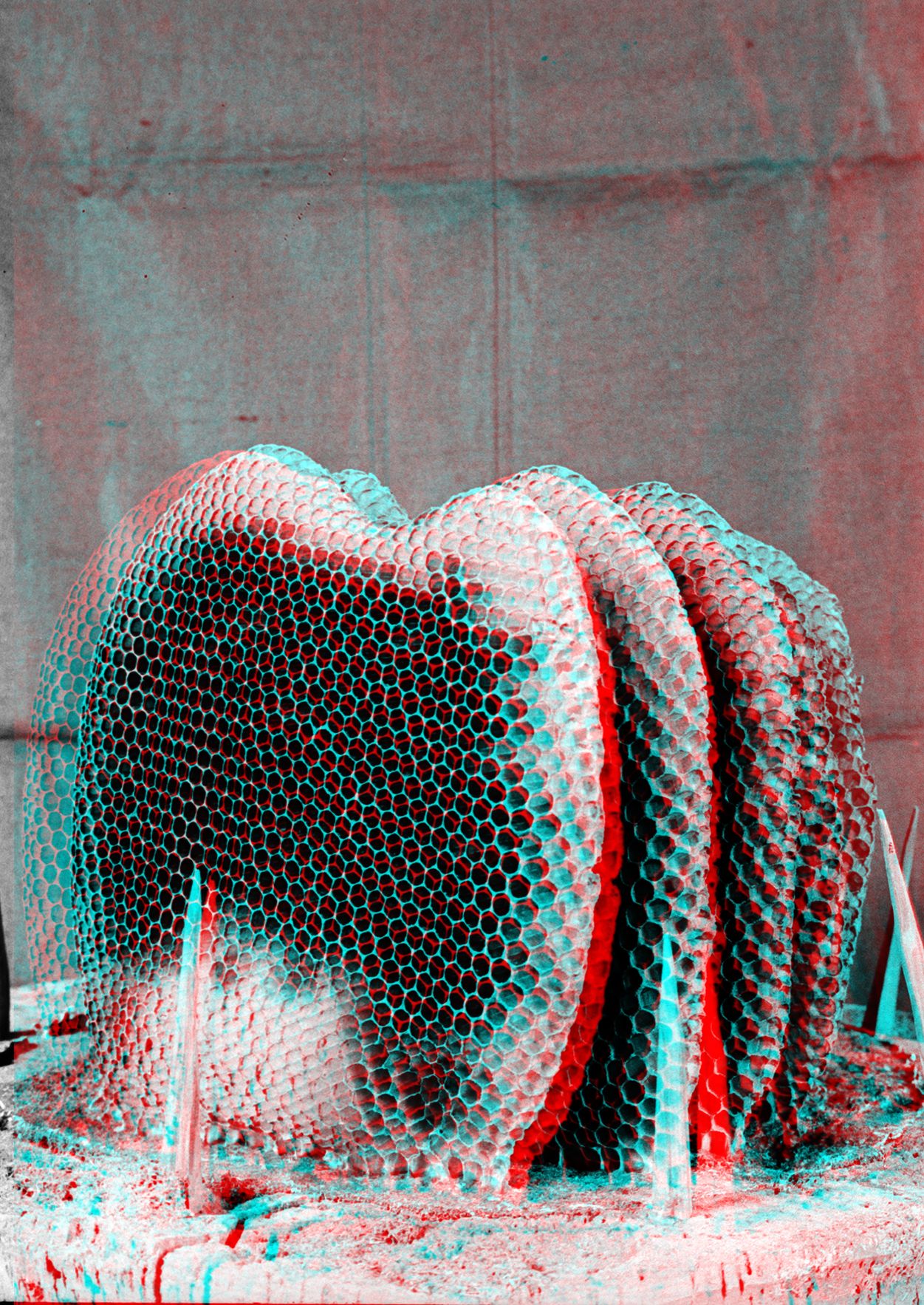Stereoscopy and the Cinematic Apparatus: The Silver Screen in Edinburgh, circa 1890s [EN]
Stephen McBurney
Technology has been central to the growth of Film Studies as a discipline, helping to shape historical writings and film analyses. However, traditional technological histories are apt to hermetically focus on the technical aspects of the cinematic apparatus, and are structured to fit an evolutionary and teleological narrative. This paper adopts the principles of New Cinema History to eschew these failings, detailing technical processes whilst placing them in a localised cultural and social context. Specifically, I focus on an archaic stereoscopic technology called the Analyticon, arguing that this technology helped to shape the aesthetic and ideological character of early cinema in Edinburgh.
The Modern Marvel Company was incorporated in Edinburgh in 1897. In its memorandum, the company stated that its principle purpose was to exploit scientific instruments for the purposes of popular entertainment and education. Modern Marvel focused on technologies developed in Edinburgh such as the Analyticon, in a bid to ingratiate itself with the city’s myriad learned societies and appeal to local audiences. Alongside the cinematograph in the late 1890s, the company regularly exhibited the Analyticon, which was a stereoscopic technology built upon the principle of polarised light. The Analyticon depended upon a silver screen to function, otherwise the light would become de-polarised upon reflection. This shaped the aesthetic experience of early film exhibitions for Edinburgh audiences, as the two technologies shared the same silver screen. This paper adopts tropes of traditional technological history by detailing the Analyticon’s technical workings, but it also adopts the principles of New Cinema History by situating this technology within localised screening contexts. In doing so, it offers a more nuanced and fuller understanding of early cinema’s aesthetic, social and cultural significance in Edinburgh, and its relationship with the wider visual culture of the 1890s.
Dr Stephen McBurney is a recent PhD Graduate from the University of Glasgow. His thesis, “Colour Cinema in Scotland, 1896-1906”, uses specific locales as microcosms to explore wider issues, including modernity, education and local identity. His forthcoming publications include “Moral and Aesthetic Objections to Early Hand-Painted Films in the Scottish Highlands” (Early Popular Visual Culture).








